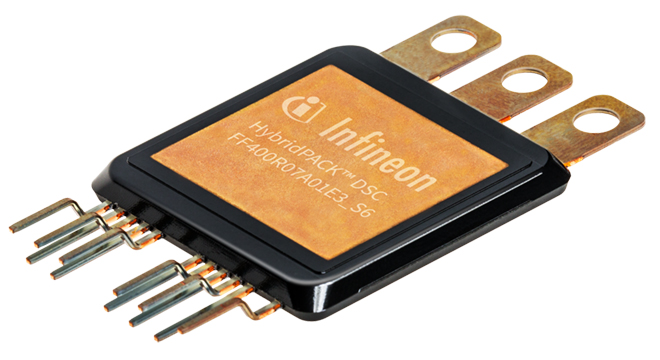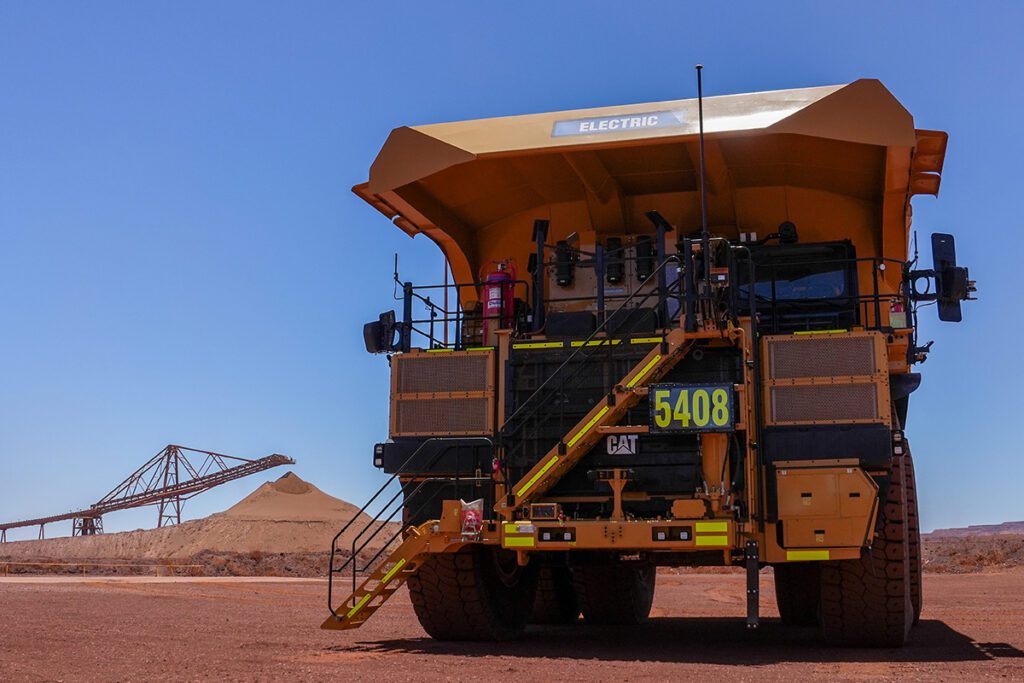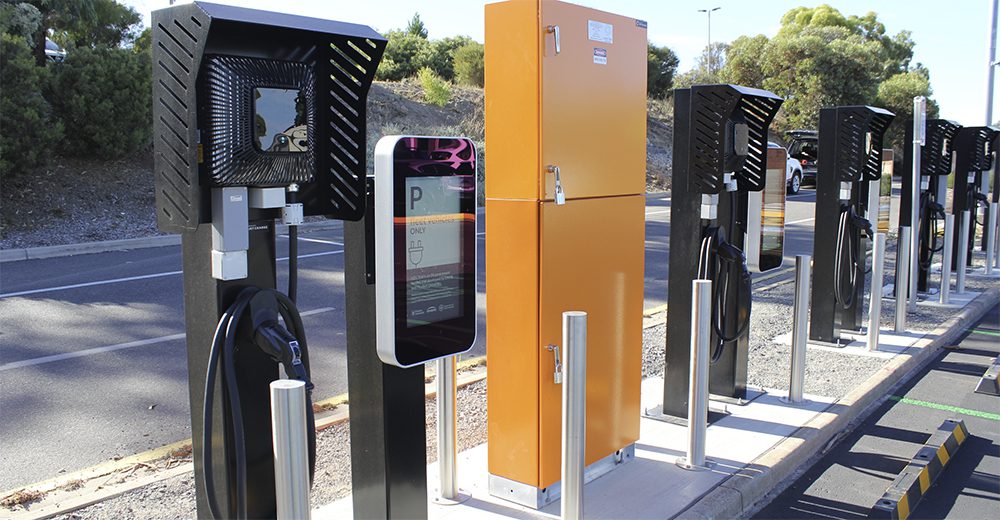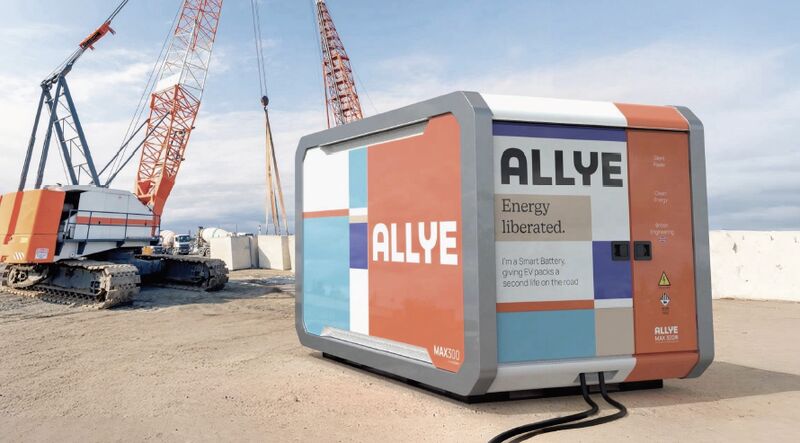Infineon Technologies’ latest power module family features extremely small dimensions (42 x 42.4 x 4.77 mm). These modules are designed for applications such as main inverters and generators with a typical power range of 40 to 50 kW, and can be used in parallel configurations to support higher power levels.
An inverter is typically placed in a cramped engine compartment, so it needs to be as small as possible. Inverter size is mainly defined by the power modules employed, and the size of a power module is defined by the power consumption of the power chips, and the ability to cool these chips to stay below a maximum junction temperature.
HybridPACK DSC modules can be directly attached to a cooler without external isolation, thus simplifying system integration. Each integrated IGBT chip is equipped with an on-chip current sensor for overcurrent protection, as well as a temperature sensor that provides derating and fast shut-off in case of over-temperature.
By combining double-sided chip cooling with electrical isolation of the heat sinks, Infineon was able to reduce the thermal resistance of the HybridPACK DSC to 0.1 Kelvin/Watt (in comparison, the current HybridPACK 1 power module has a thermal resistance of 0.12 K/W).
The first member of the HybridPACK DSC family is the FF400R07A01E3_S6, which implements ICnom of 400 A and VCES of 700 V in a half-bridge configuration. Engineering samples will be available in September 2016. A further product in the family, implementing ICnom of 200 A and VCES of 700 V in a full-bridge configuration, will be offered as engineering samples in October 2016.
SEE ALSO: Wolfspeed introduces all-SiC half-bridge power module and gate driver combination
Source: Infineon Technologies









































































































